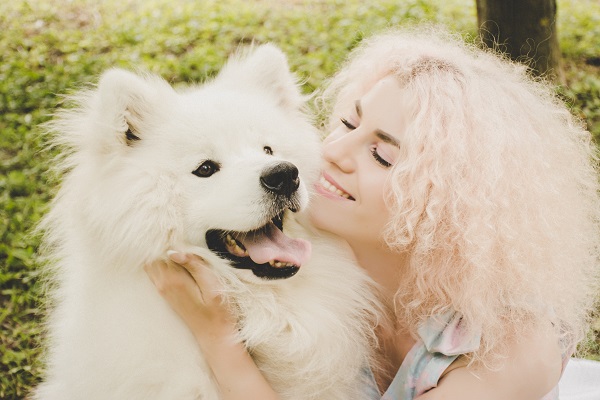In today’s military, technology is the name of the game, even for our four-legged heroes like the military belgian malinois. One cool tech upgrade is giving these military dogs thermal vision, and it’s all thanks to their tactical vests. Thermal vision is a game-changer, especially in low-light or nighttime ops.

Methods
So, let’s break down how they’re getting these superpowers into their vests.
Picking the Right Thermal Camera
First things first, they’ve got to choose the right thermal camera. It has to be small, light, and able to give them clear thermal images on the fly.
Mounting and positioning
Once they’ve got the perfect camera, they need to slap it onto the vest. It has to sit just right, giving them a good view of what’s happening around them.
Powering Up
These thermal cameras need juice to work. So, they’ve got rechargeable batteries or power packs to keep the camera running through the whole mission.
Sharing the data
Those thermal images need to get to the handler or command center ASAP. That’s where the communication system comes in, letting them send thermal data in real-time.
Easy to Use
Handlers need to control the thermal camera easily. They’ve got a user-friendly interface right on the vest, letting them tweak settings and see thermal images without any fuss.
Tough and Ready
These vests are built to handle the rough and tough military life. They’re shock-resistant and can take a beating from the elements.
Testing and Tweaking
Before they go out on a mission, they’ve got to make sure everything’s working right. That means testing the camera to make sure it’s seeing temperatures accurately.
Learning the ropes
Handlers and their Belgian Malinois pals need to learn how to use this new superpower. They get training on what the thermal images mean and how to use them during missions.
Putting It to Use
Once everything’s set up and everyone knows how to use it, they’re ready for action. Whether it’s finding someone in the dark, recon missions, or sneaking around at night, thermal vision amps up their game.
Keeping It Fresh
Adding thermal vision to their vests isn’t a one-and-done deal. They’re always looking for ways to make it better and stay ahead of the curve in the ever-evolving world of tech and tactics.

Conclusion
Getting thermal vision into those military vests is all about picking the right gear, making it easy to use, and lots of training. It’s like giving our Belgian Malinois and their handlers a superpower, helping them stay sharp in the field, especially when the lights go out.
 Zoe
Zoe